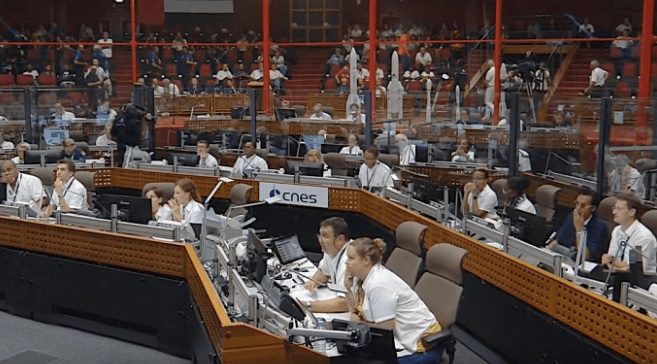Launch vehicles usually have their first failure during their first ten flights, but the Avio-built Arianespace-operated Vega launch vehicle waited until its 15th flight to have its first.
After what seemed to be a successful launch from Kourou in French Guiana at 0153 GMT on 11 July, and separation of the first stage, the ignition of the Zefiro 23 solid rocket second stage was either anomalous or it might not have happened at all, despite reports from mission control that it had. The separation of the fairing and the second stage did subsequently occur, along with the ignition of the third stage, but by this point it was impossible to achieve orbital velocity.
Either way, the subsequent stages had an anomalous trajectory and the rocket and its Falcon Eye 1 Earth observation/reconnaissance satellite for the UAE Defence Forces did not achieve orbit and fell into the Atlantic Ocean. The satellite itself is based on the commercial Astrosat/Astrobus 1000 design and was built by Airbus Defence and Space with Thales Alenia Space.
Surprisingly, given its military nature, both the launch and satellite were insured to a value of €369 million (US$415 million). While the Seradata Space Conference’s insurance panel and audience both predicted via a vote that the insurance year would be profitable, this loss means it is unlikely to be. It will eat up most of the likely premium receipts for the year, with six months yet to run.
Update on 1 August 2019: Swiss Re has formally pulled out of Space Insurance and has stopped underwriting new business.








